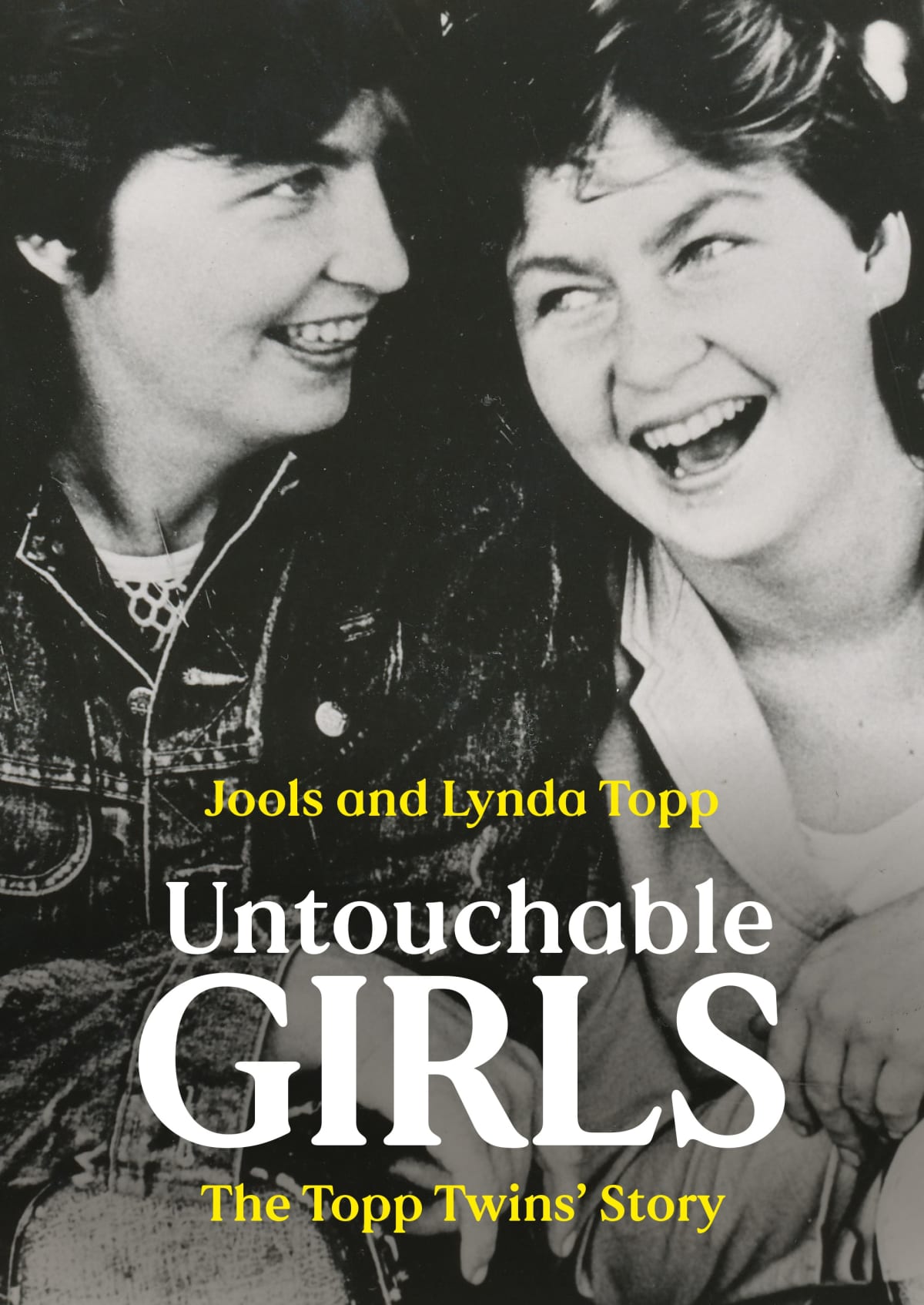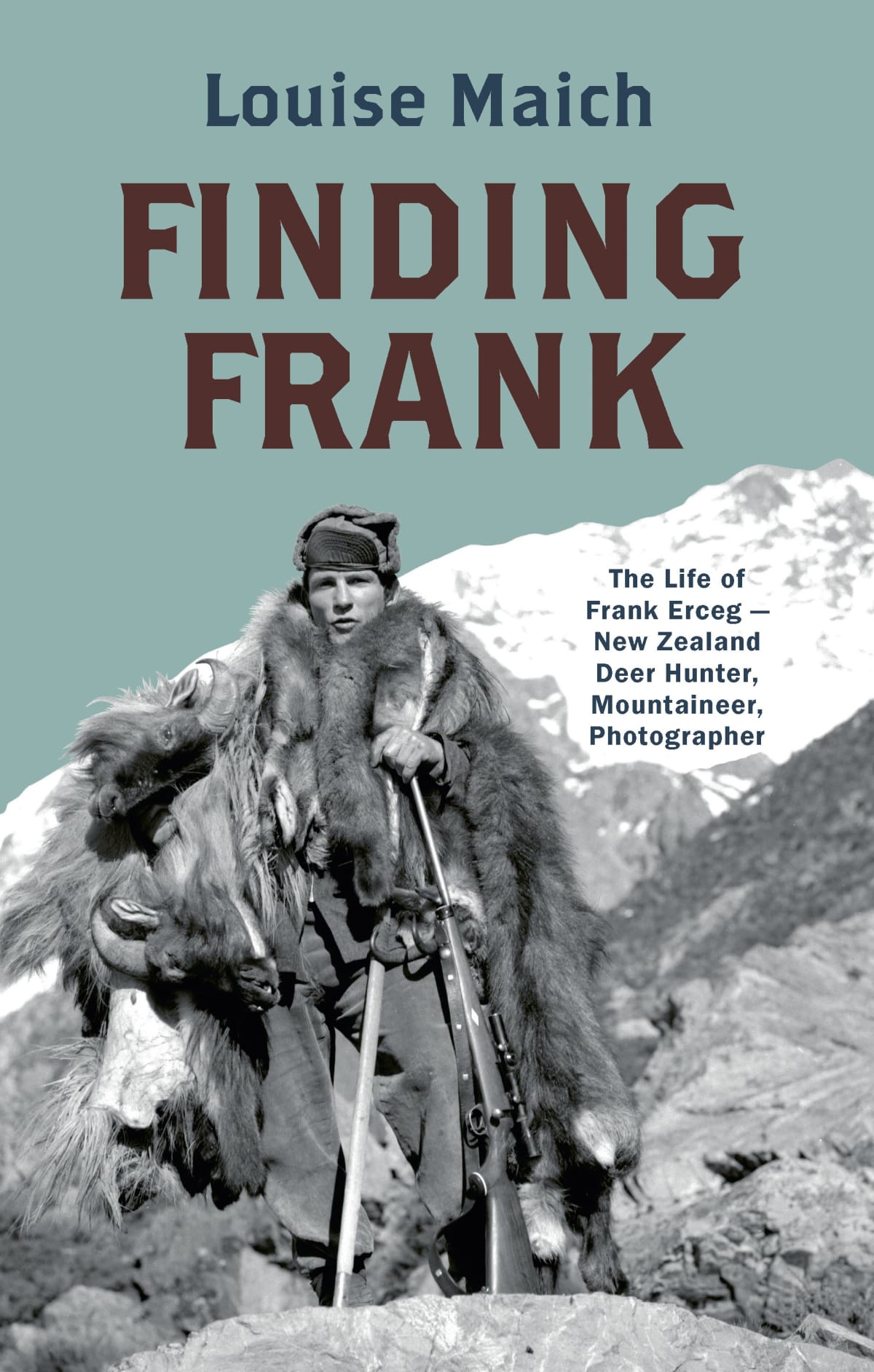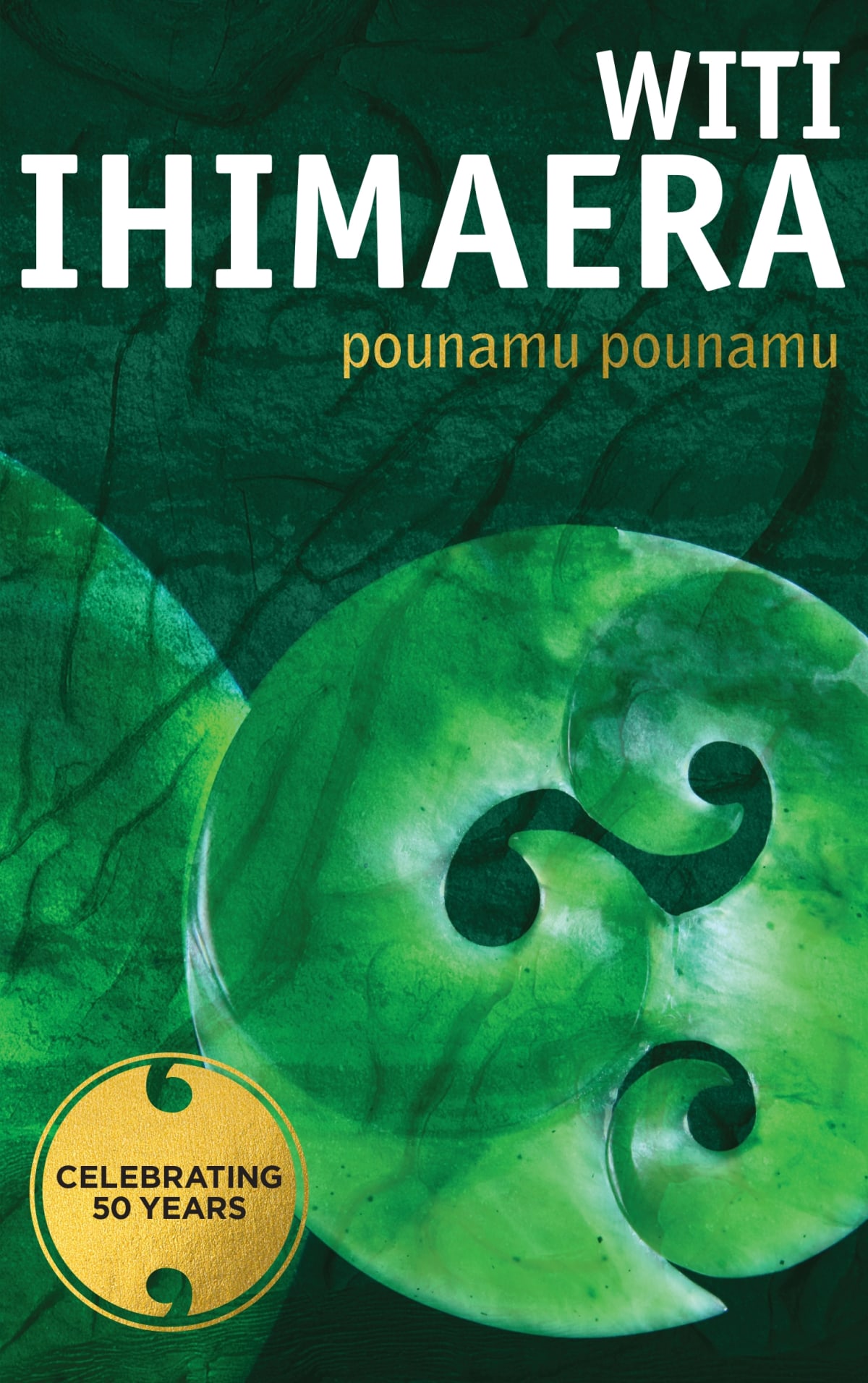
The latest Nielsen BookScan New Zealand bestseller list, described by Steve Braunias
NON-FICTION
1 Untouchable Girls by Jools & Lynda Topp (Allen & Unwin, $49.99)
This week's free book giveaway is special: an actual SIGNED COPY by the Topps of their new bestseller which looks back on their amazing life and times. To enter the draw, make any kind of comment - a story about them, an insight about them, anything that gets to why they're so great - and email it to stephen11@xtra.co.nz with the subject line in screaming caps I ABSOLUTELY LOVE THE TOPPS AND OF COURSE I WANT THEIR BOOK. Entries close at midnght on Monday, October 23.

2 Smithy by Wayne Smith & Phil Gifford (Upstart Press, $49.99)
A free copy of Phil Gifford's book about Black Ferns genius Wayne Smith was up for grabs in last week's free book giveaway. Readers were asked to predict the score of the All Blacks vs Ireland game last Sunday. The winner - only a point out! - is Barry Bambry, who declared the All Blacks would win 27-24. Huzzah to Barry! A free copy of Smithy is his.
3 Gangster’s Paradise by Jared Savage (HarperCollins, $39.99)
This is going to be huge in bookstores towards Xmas; it's the latest report on organised crime and the methamphetamine trade by Herald crime writer Jared Savage, who gets right inside the trade, the busts, the escalation of violence. From a chapter that appeared in ReadingRoom on Monday: "By 2014, one in every five firearms sold in New Zealand was a semi-automatic such as the AR-15, the popular weapon of choice for mass shootings around the world. Frontline police were coming across more and more examples of this heavy firepower. Something was always going to go very, very wrong, and that day arrived in West Auckland on a Friday morning, June 2020, when a maniac armed to the teeth shot and killed a police officer without any warning, any provocation, any reason."
4 Summer Favourites by Vanya Insull (Allen & Unwin, $39.99)
5 The Dressmaker and the Hidden Soldier by Doug Gold (Allen & Unwin, $37.99)
6 Our Land in Colour by Jock Phillips & Brendan Graham (HarperCollins, $55)
7 The Art of Winning by Dan Carter (Penguin Random House, $40)
8 Finding Frank: The Life of Frank Erceg by Louise Maich (David Bateman, $49.99)
One of the best books of the year. The author laboured on this project for a good 25 years; she would not give up, she was persistent and patient, cunning and lucky, as she pieced together the amazing life and times of her Uncle Frank, one of the great deer hunters in 20th Century New Zealand. An incredible excerpt about Frank's tragic and violent death appeared in ReadingRoom last week: "Johnny Cumming and my uncle Frank Erceg were the first fatalities in the venison export industry in New Zealand. At 10.20am on Tuesday, June 1, 1965, the two men were struck by the rotor blade of a Bell 47G-2 in the Mātukituki Valley west of Wānaka while dragging deer carcasses to the helicopter. They both died instantly..."
Fantastic cover.

9 Whakawhetai: Gratitude by Hira Nathan (Allen & Unwin, $36.99)
10 Aroha by Hinemoa Elder (Penguin Random House, $30)
FICTION
1 The Axeman’s Carnival by Catherine Chidgey (Te Herenga Waka University Press, $35)
2 The Penguin New Zealand Anthology edited by Harriet Allan (Penguin Random House, $45)
Very fine collection of short stories published these last 50 years by Penguin; authors include Janet Frame, Dominic Hoey, Eleanor Catton, Witi Ihimaera, Charlotte Grimshaw and Frank Sargeson. The book's editor, Harriet Allan (uncredited on the cover), selected the stories before her shock redundancy in August. Dame Fiona Kidman wrote of her friend and colleague this week, "Among her last acts at Penguin Random House was the celebration of 50 years of Penguin’s presence in New Zealand, compiling a set of 11 ‘classic’ Penguin titles, in their distinctive orange covers, and....a beautiful hardback of short stories, the cover subtly reflecting all the colours that have distinguished Penguin series, 50 stories for 50 years in Aotearoa."
3 Birnam Wood by Eleanor Catton (Te Herenga Waka University Press, $38)
4 The Bone Tree by Airana Ngarewa (Hachette, $37.99)
5 Kāwai by Monty Soutar (David Bateman, $39.99)
6 Pet by Catherine Chidgey (Te Herenga Waka University Press, $38)
7 Tangi by Witi Ihimaera (Penguin Random House, $30)
8 The Deck by Fiona Farrell (Penguin Random House, $37)
9 Pounamu Pounamu by Witi Ihimaera (Penguin Random House, $30)
In an excellent interview earlier this year with Shilo Kino for the Herald, Witi Ihimaera once again spoke of his disgust for the short story "The Whare" by Douglas Stewart. It's become almost a totemic story in Ihimaera's narrative of himself, a crucial turning point. He wrote in his 2015 memoir Māori Boy about how much he "resented" the story when he read it at 15 in the 1953 Oxford anthology New Zealand Short Stories, assigned to his English class; in Deborah Shepard's 2018 book The Wriitng Life, she writes that he "threw the book out the classroom window. It was his first political act and he was caned for it. He made a vow then that ‘if ever I became a writer I would write a book about Māori people that would be an antidote to those kinds of stories, and it would be placed in front of every school child in New Zealand’." He actually reprinted "The Whare" in his 2000 anthology Where's Waari?: A History of the Maori Through the Short Story, in part to hold it up as an offensive work of fiction which he felt "demonised" Māori , although in his Introduction he generously wondered whether 21st century readers might find “redeeming characteristics” he might have missed. In his interview with Shilo Kino, he said, “It totally disgusted me that in an anthology [the 1953 New Zealand Short Stories, edited by Dan Davin], this would be the representation of Māori that people would read. There was a need to put Māori characters in the middle of the frame, rather than as sidekicks or supporting characters, and there was a need for me to establish a Māori setting with my work." It led to Pounamu Poumamu, the first collection of short stories by a Māori writer, now reissued as a classic.
All of which made me mighty intrigued to read "The Whare". The long and quite shameful history of Pākehā writing about Māori life is an interesting subject; it very often reveals bad attitudes and good intentions, the colonising impulse, outright racism. Few novelists attempt it now. As an example, Eleanor Catton steered clear of any Māori in Birnam Wood - according to the Bookseller, "She deliberately omitted a Māori perspective because she wanted to satirise the relationship people have with the land, the arbitrariness of who owns it, and it didn’t feel appropriate to satirise that of an indigenous person".
Writers from the past had a free hand. Douglas Stewart (1913-1985) was born in Eltham, and lived most of his life in Australia, where he published collections of poetry and short stories, became literary editor of The Bulletin, and received an OBE for his contribution to Australian writing. His central contribution to New Zealand writing was his memoir of love and fishing as a boy in Eltham, Springtime in Taranaki (1984, available at the Book Haven second-hand bookstore in Newtown for $13.50), and..."The Whare", first published in 1938, and chosen by Dan Davin in his landmark 1953 anthology.
It's not hard to see why Davin included it. He was keen on representations of Māori, of stories definitely and defiantly set in New Zealand. The story is told by Jack the swagman who is invited by an elderly Māori couple to share their whare in Kaipara. It takes absolutely no effort to see why Ihimaera was sickened by it. The story is racist junk from beginning to end, a tale of white privilege, abuse, insult, narrated by a leech - Māori, muses Jack, are "simple", "primitive". Most of all, they are flearidden. Fleas have over-run the whare. The couple are blasé about it, content to spend their days scratching, their nights staring at the fire. When Ihimaera chose it for Where's Waari?, a generous critic in the New Zealand Review of Books claimed to find nuance and depth in the story: "It's a schizoid tale that displays Maori as culturally other and primitive, yet suggests a critique of Jack’s ability to understand his own story. If Stewart can’t help but resort to certain 19th-century notions of cultural strangeness, he nevertheless presents a nervy and clearly problematic idea of Pakeha selfhood." I don't know about that. Jack's happiest moment is when he leaves the whare; fleas and Māori are pestilential nuisances that he's only too glad to escape. He walks away, thrilled in the moonlight: "Along the ridge above the glitter of the harbour, the road was white." Everything he sees belongs to him. He rounds the corner - and disappears, just as the literary reputation of Douglas Stewart has disappeared, an old ghost sitting around a fire, a flearidden heap of bones.

10 Te Awa o Kupu edited by Vaughan Rapatahana & Kiri Piahana-Wong (Penguin Random House, $37)
Anthology of new Māori fiction and poetry. From Paula Morris's review: "Witi himaera turns 80 next year, and he remains the talisman of Māori publishing...His creative ambition and restlessness speak in the anthologies of Māori writing he summons into being every decade or so: Into the World of Light (1982), edited with D.S. Long; the five-volume set of Te Ao Mārama (1992–96); Get on the Waka: Best Recent Māori Fiction (2007). No surprise, then, that he’s the connective tissue in a new set of anthologies – Te Awa o Kupu and [the nonfiction] Ngā Kupu Wero, both published by Penguin Random House as a two-set companion."







